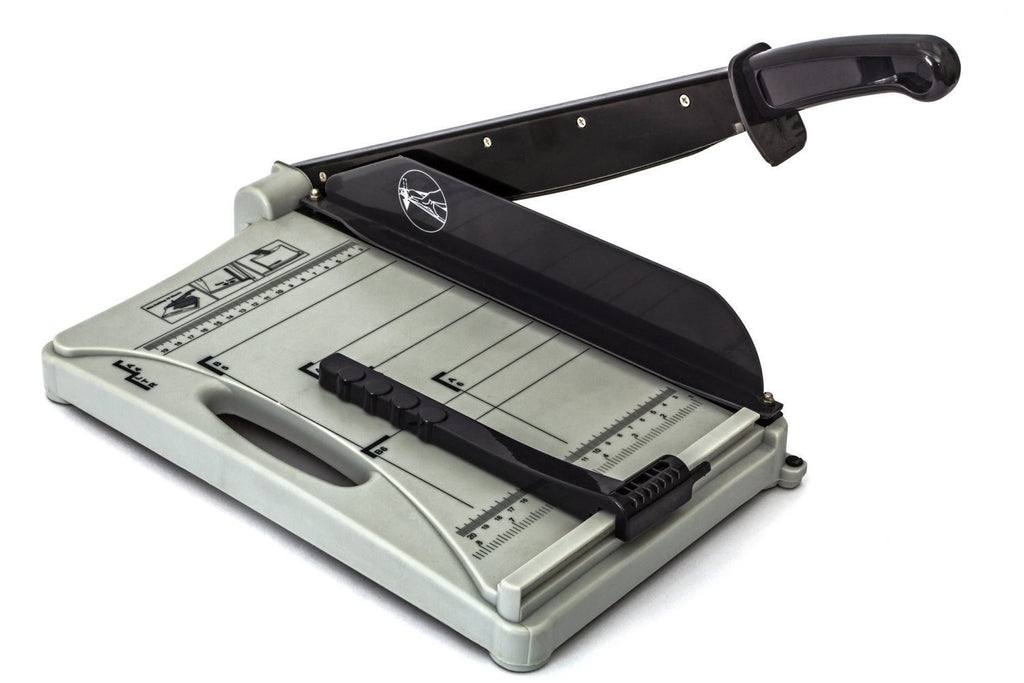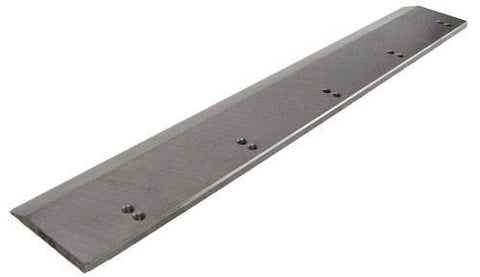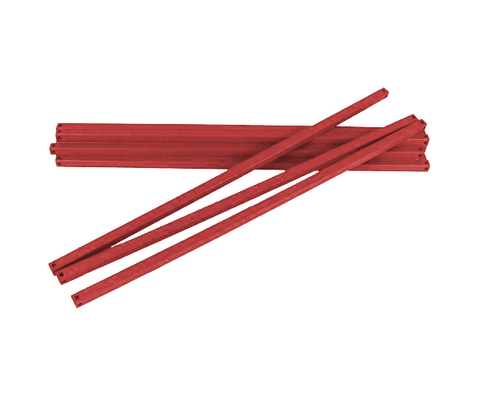Even with everything moving to a digital platform, people still use a lot of paper. The United States alone consumed 71 million metric tons of paper products in 2015.
Even though you likely use paper every day, can you tell a letter-sized sheet from an A4? If you need to print a poster, do you know the right paper sizes to consider buying?
There's more than a dozen sizes available. To make things even more confusing, the sizes and terms used in the U.S. are not the same as the ones used in Europe. Here's a quick look at the common sizes to help you understand the differences and function of each one.
Common American Paper Sizes
Almost every country relies on the International Standard paper sizes(ISO 216). The ISO 216 uses a metric measuring system which means the papers measure in millimeters. The only countries that do not use the ISO 216 are the United States, Canada, Mexico, the Philippines, and the Dominican Republic.
These countries measure paper sheets using the Imperial system. Because of the differences, these countries also use different paper size standards. The most common ones are:
- Letter (8.5 inches by 11 inches)
- Legal (8.5 inches by 14 inches)
- Business Card (3.5 inches by 2 inches)
- Standard Postcard (6 inches by 4.5 inches)
Out of these different paper sizes, the letter size is the most common. Schools and offices alike use it often. As the name suggests, legal-sized paper is only used for legal documentation like employee contracts.
The American business card is a little bit similar to the ISO 216 counterpart. Postcards are different since they vary in sizes but the most common ones follow the listed measurements above.
When did this become the standard for paper sizes in America?
It first gained recognition in 1921 to reduce waste. At the time, however, the US Government decided to use a larger paper size for legal documents. The government didn't adopt the Imperial paper size until the 1980's.
These sizes were then adopted by the American National Standards Institute in 1996. This made the American letter size the official document size in the U.S. Many other countries, like the Philippines, followed suit and adopted the sizes as well.
The A Series
In every other country, the metric system measures the paper sizes. This system groups paper sizes into three, starting with the A series. The A series is the easiest to understand.
You'll start with the largest in the series, A0. This sheet measures 1,189 by 841 millimeters. The next size in the series, A1, measures 841 by 594 millimeters. You achieve this by divided an A0 into two equal halves parallel to the paper's shortest sides.
Repeating this process will give you the sizes for A2 sheets to an A8. Most printing companies stop at A5 because that's the smallest paper for practical use.
This metric system for symmetrically cut papers became popular in 1975. These sizes took inspiration from the German standard sizes back in 1922. Although it isn't popular in the United States, it is gaining popularity in schools and offices.
The common uses for A0 to A3 sizes include:
- Posters
- Graphic sheets
- Blueprints
- Window displays
- Wall notices
A4 sheets, which measure 297 by 210 millimeters, is the most common paper used. It is the ISO 216 equivalent of the American Letter paper size. This is the type of paper size used for school and office documents.
The B Series
B series sizes follow the same formula as the A series. The main difference is that these sheets are the geometric means of the A sheets. This means the B1 sheet's measurements are between the measurements of an A0 and A1.
Japan also has its own variation of the B series. The country uses the A series the same way the rest of the world does but their B series is different. People refer to their B series as the JIB paper sizes to differentiate them from the ISO 216 standards.
Both the international B series and the JIB variant are not common. The most common applications for the B series include:
- Envelopes
- Passports
- Book sizes (B5 sheets)
If you have a good paper cutter, you can use a B3 sheet to make two A4 pages or two Letter pages. Due to the geometric sizes, you can cut four A4 pages out of a B2 sheet and eight from a B1 sheet.
The C Series
This series is even less common than the B series. C series paper is set between the areas of both the A and B sheets. A C4 sheet, for example, measures between the geometric means of A4 and B4 sheets.
C sheets are now the standards for envelopes because of the unique sizes. An A4 sheet will fit perfectly into a C4 envelope. A C4 sheet will fit right into a B4 envelope and this continues on with the other sizes in the series.
International Variants to the Metric Series
Not every country follows the ISO 216 system to the dot. Some countries have extensions or variations that make their sizes a little different from the rest. Some of these include:
- German D series extension
- Swedish D, E, F, and G series extension
- Chinese D series extension
- Japanese B-series variant
- Soviet A, B, and C variant
Other variants include the French traditional paper size and the British paper size. Both the UK and France stopped using these variations when they adopted the ISO 216 system.
Cut Your Papers to the Right Size
Have you figured out the right size of paper for your school or work project? Do you need to cut down an A3 to make an A4 sheet? Are you aiming to cut several C sheets to make flyers and posters?
We've got you covered. We have a wide array of different paper cutters to suit your needs.
Still not sure which one to get? Are you targeting to cut or print very specific sizes?
Feel free to contact us and we'll get you on the right track. We'll help you understand the different paper sizes and how our cutters can help you get the results you need.




